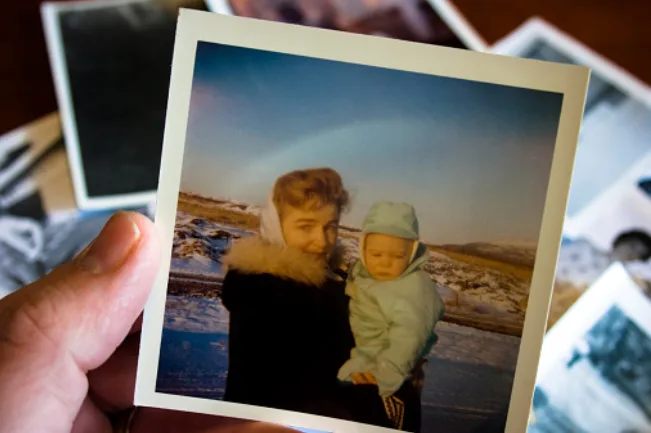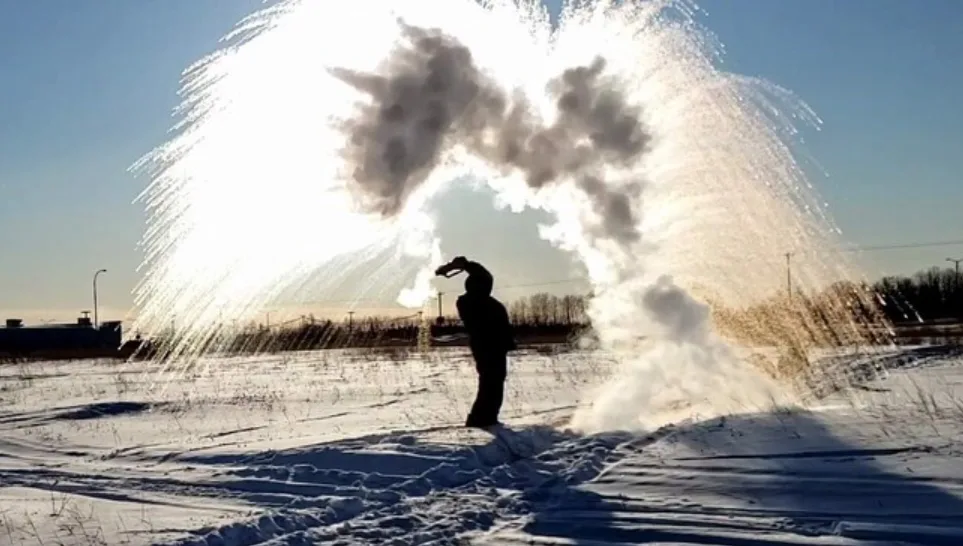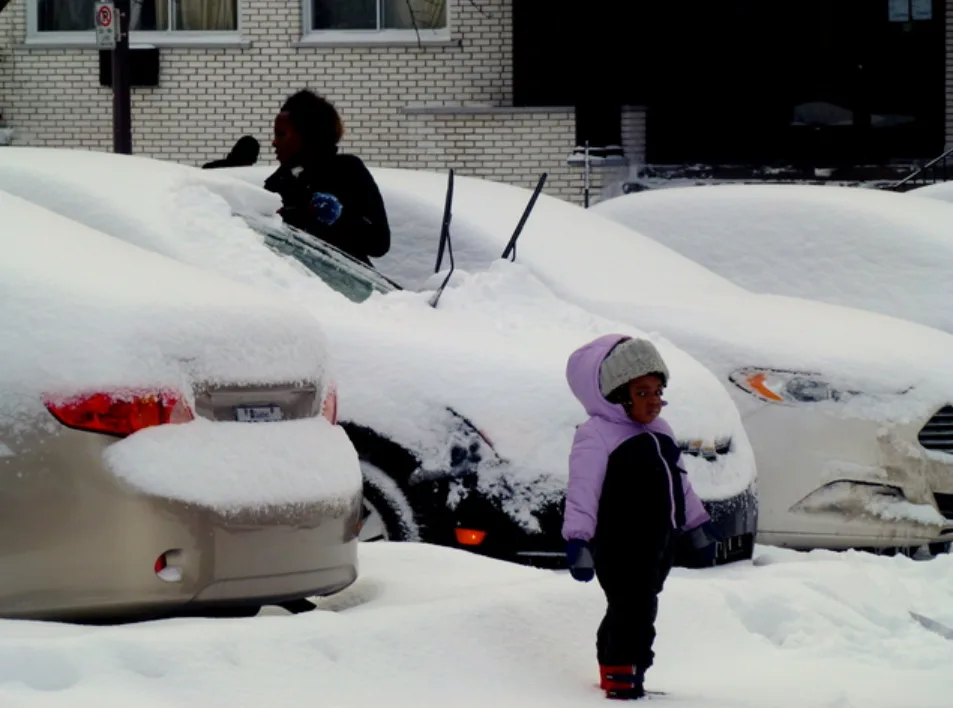
The 'back in my day' weather references may actually be valid
For centuries, Canadians have braved the elements, not letting any cold or snow stand in their way of enjoying a true winter. But have we gotten softer in our tolerance for the great outdoors?
As we now settle into the heart of winter, with temperatures plummeting and snowstorms racking up, have you ever had a dinner table debate that went a little something like this:
"When I was a kid, the snow banks were over my head."
Or.
"In my day, we played hockey every weekend when it was -30°C."
In Canada, complaining about the cold and snow is a national pastime, and most Canadians have fond memories of childhood snow forts, frozen toes, and numb cheeks. But were these events actually as prominent as we recall, or have our winter remenissions and "back in the day" references snowballed larger than the actual stats can support?
Here are some helpful bits of information to defend your case against your kids -- or your parents for that matter -- with a look at the winters for those who grew up from 1960 to today.
BATTLE OF THE GENERATIONS: COMPARING THE MOST IMPRESSIVE SNOWFALLS
Toronto has had some winter wallops over the decades, though few as memorable as the army’s arrival in 1999, which resulted in the deepest snowpack on record -- 67 cm.
These winters are rare however, with only 16 years of Toronto reaching a snowpack of 30 cm. Half of these years came between 1962 and 1977, cumulatively providing 45 days of more than 30 cm on the ground. Meanwhile, the winters of 1999 to 2009 saw 43 days of more than 30 cm.
Result: The kids get the bragging rights by a snowman’s nose.
WATCH: REMEMBERING WHEN MAYOR MEL LASTMAN CALLED IN THE ARMY FOR SNOW REMOVAL
Don’t get too confident in Toronto however, because Halifax is about to put you to shame. Not only has Halifax seen a peak snowpack of 95 cm, they have only failed to see a 30 cm snowpack for 15 years since 1960.
Result: With over 645 days of at least 30 cm, it doesn’t matter which generation you are, Halifax definitely takes the toboggan trophy over Toronto. Although, with a slight edge for the parents within the Halifax debate, thanks to a trend of shortening durations of the snowpack since the 90s.
Ok Ottawa, we get it, you’ll put both of these cities to shame. While the Atlantic provinces are prone to significant winter storms, they are also more likely to see the snow disappear within days thanks to the Atlantic flow. Strong East Coast storms can also reach inland to southern Quebec and eastern Ontario. In addition, this region has a history of arctic air locking in, allowing the impacts of these storms to linger for weeks.
The nation’s capital saw their peak snowpack in March of 1993 sitting at a whopping 135 cm. Just as impressive, only three years out of the last 60, has the city failed to reach 30 cm. Although two of those years came in the mid 60s, with the late 60s and 70s seeing some of the most prolonged snowpacks.
Result: Ottawa dwarfs both Halifax and Toronto, OH, and the parents have the bragging rights in the city too.
HOW COLD IS TOO COLD ACROSS WESTERN CANADA?
Western Canada is known for the bitterly cold winters and the hardy weather warriors. Interestingly, Saskatoon’s extreme cold trend sheds light on one of the more pronounced changes. Since 1960, the city has dropped to -40°C during 17 winters, nine of which occurred from 1962-1974 with a total of 25 days. The remainder of the times have occurred since 1983 with only 19 cumulative days. There is also an evident decline in the number of -30°C days days over the course of the past 60 years.
Result: Parents definitely win for the inhumane temperatures and wind chills on the Prairies.

Kelly Sweeney - Cold Lake, Alberta
MUST SEE: Canada set to endure the most widespread cold this century
It goes without saying that coastal British Columbia doesn’t have the same standards for a harsh winter. Vancouver has seen a consistently sporadic cycle of freezing temperatures over the decades, with a broad range from 17 to 82 days. When looking at the -10°C threshold, there has been a noticeable decline since the mid 90s. Between the years of 1960-1989, there were 63 days that dropped below -10°C, while between 1990-2020, there were only 30 days.
Result: Parents have the bragging rights within Vancouver, but still don’t challenge anyone else in the country.
FORECAST: Increasing threat for heavy weekend snow for B.C.'s South Coast
EVERY WINTER WILL HAVE AN EXTREME
Climatologically speaking, much of Canada saw a stretch of tough winters in the late 60s and 70s. Due to minimal data before this period, it’s hard to conclude whether that period was a harsh outlier or the tail end of what used to be the norm.
Regardless, kids from any generation will certainly have the extremes stand out in their minds when reminiscing of "true" Canadian winters.
Canada's vast range of climates provide both harsh and manageable winters. It’s tough to compare the impacts from region to region because we acclimate to our environment. Within our own environments, we’ll continue to see outlier events and noteworthy occurrences, which today's kids will grow up remembering.

Steven Czitronyi - Montreal, Quebec
Remember, while a metre-high snowbank doesn’t seem like much to us, to a metre-tall kid, it’s a mountain. At the end of the day, we just need to embrace our wacky winters. If not, summer will come eventually.
Thumbnail image courtesy: Getty Images






